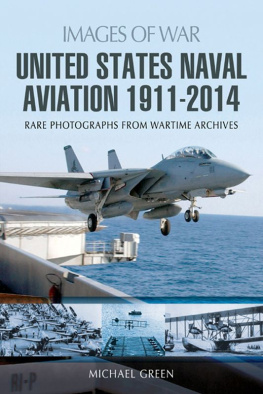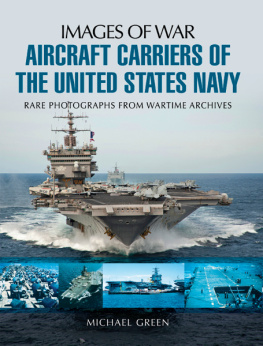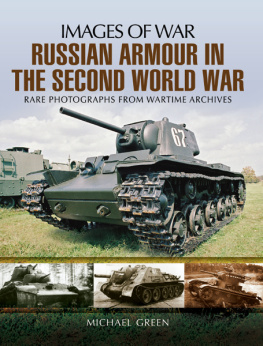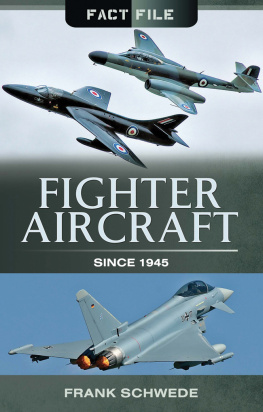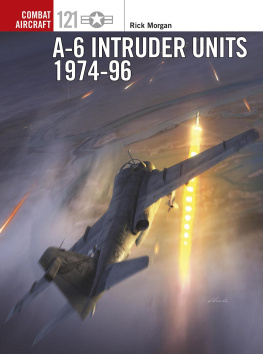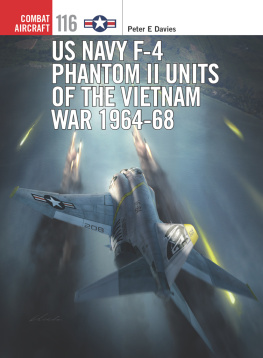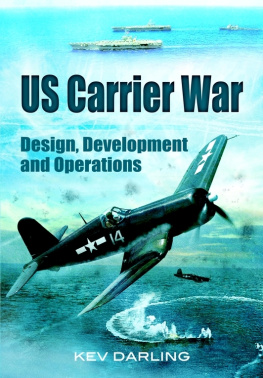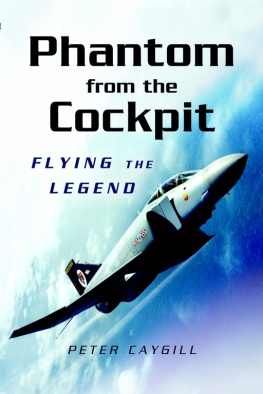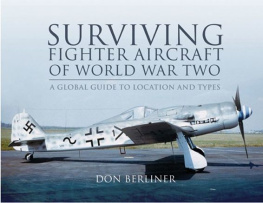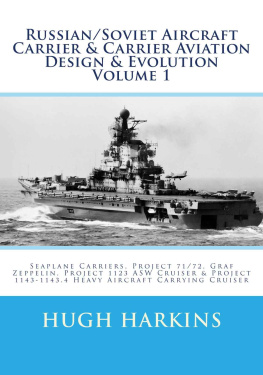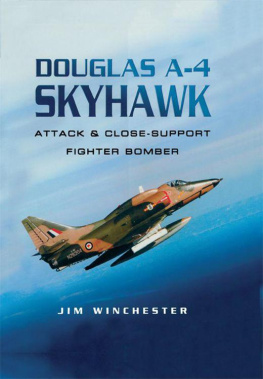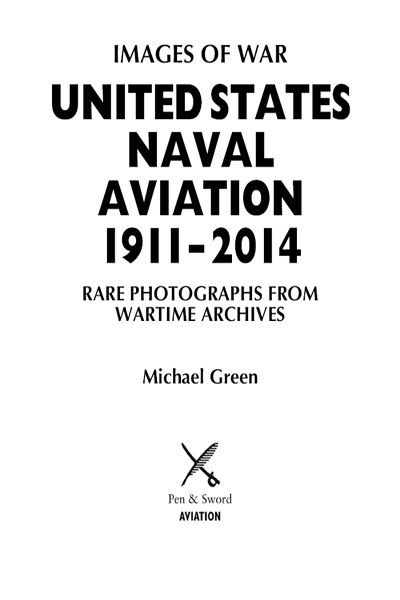
First published in Great Britain in 2015 by
PEN & SWORD AVIATION
An imprint of
Pen & Sword Books Ltd
47 Church Street
Barnsley
South Yorkshire
S70 2AS
Copyright Michael Green, 2015
ISBN 978-1-47382-225-2
eISBN 978-1-47385-838-1
The right of Michael Green to be identified as author of this work has been asserted by him in accordance with the Copyright, Designs and Patents Act 1988.
A CIP catalogue record for this book is available from the British Library.
All rights reserved. No part of this book may be reproduced or transmitted in any form or by any means, electronic or mechanical including photocopying, recording or by any information storage and retrieval system, without permission from the Publisher in writing.
Pen & Sword Books Ltd incorporates the imprints of Pen & Sword Archaeology, Atlas, Aviation, Battleground, Discovery, Family History, History, Maritime, Military, Naval, Politics, Railways, Select, Social History, Transport, True Crime, and Claymore Press, Frontline Books, Leo Cooper, Praetorian Press, Remember When, Seaforth Publishing and Wharncliffe.
For a complete list of Pen & Sword titles please contact
PEN & SWORD BOOKS LIMITED
47 Church Street, Barnsley, South Yorkshire, S70 2AS, England
E-mail: enquiries@pen-and-sword.co.uk
Website: www.pen-and-sword.co.uk
Contents
Dedication
I would like to dedicate this book to US Navy fighter pilot John (Ted) Crosby, who, flying his Grumman F6F Hellcat fighter shot down five Japanese aircraft on 16 April 1945, making him the very rare ace-in-a-day pilot. Crosby survived the war and retired as a Commander in July 1969.
Acknowledgments
A s with any published work authors must often depend on their friends for assistance. These include Michael Panchyshyn and fellow author Mark Stille who took the time to review the text. The bulk of the historical photographs in this work were acquired from the National Naval Aviation Museum, and the National Archives, with additional historical photos coming from Real War Photos (operated by Jo Ellen & George D. Chizmar).
For brevitys sake the picture credits for the National Naval Aviation Museum are shortened to NNAM and those from Real War Photos will be shortened to RWP.
Modern post-war images that came from the US Navy News Service and Defense Imagery, which is operated by the United States Department of Defense, are shortened to DOD. Other contemporary pictures were supplied by my friends Christopher Vallier and the husband and wife team of Paul and Loren Hannah.
Foreword
F ew things at sea are more impressive than watching a current US Navy aircraft carrier conduct flight operations. It is a carefully choreographed dance of men, women, machines and technology. It has been honed over time to routinely include difficult evolutions such as simultaneous launch and recovery operations, and operations in all types of weather and at night. Few things in aviation are more difficult and it is daily testimony to the capabilities of the aviators, their aircraft, and the carrier crew.
Though this is the state of US naval aviation today, it came from uncertain beginnings. The initial operations of aircraft from ships were little more than publicity stunts with no practical operational applicability. Nevertheless, a dedicated group of air power advocates kept moving aviation forward in the US Navy. By continually pressing the bounds of technology, they made aviation relevant and useful in a navy which was wedded to the notion that the Big Gun was the final arbiter of naval power. Only some thirty years after the first flight from an American ship, naval aviation became dominant. What started as experimentation led to a reshaping of warfare at sea.
Initially, naval aviation was limited to land-based aircraft and a small number of floatplanes based on ships. This all began to change with the introduction of USS Langley in 1922. From her deck, and from the decks of the first fleet carriers, USS Lexington and USS Saratoga , appeared an array of fighters, dive-bombers and torpedo aircraft which laid the basis for a naval revolution. These primitive aircraft did not immediately threaten the battleship, but by the start of the Pacific War, they possessed the technology and tactics to change the face of naval warfare.
By the end of the Second World War, the US Navy possessed over 40,000 aircraft. In spite of the unquestioned wartime success of naval aviation, it was faced with a struggle for its survival as the Cold War looked to be a war fought between nuclear powers in which conventional combat would count for little. Thankfully, this notion was quickly shown to be false, and naval aviation proved itself in a number of conventional conflicts.
The unquestioned success of naval aviation in Korea led to the authorization of the first of a series of super carriers. These would become Cold War icons, moving around the world as instruments of US national policy and protecting American interests. On a routine basis, they were used to actually project power ashore in conflicts large and small. The size and capabilities of these ships allowed them to carry a stunning array of aircraft capable of any mission and equal to the aircraft of any other air force in the world.
None of this was possible without the aircraft to make US Navy aircraft carriers into the war-winning platforms that they proved to be. This book traces the US Navys aircraft from humble beginnings into the future when stealth and unmanned aircraft will form the basis for air power at sea. It is important to keep in mind that naval aviation is not just the aircraft and helicopters on carriers, but also land-based aircraft which play a critical role in supporting fleet operations.
Most readers will be familiar with the standard US Navy aircraft which fought and won the war in the Pacific, and probably with the best-known Cold War aircraft. But there is much more to the story of naval aviation, and this single volume covers almost all American naval land-based and float aircraft, as well as the pre-Second World War developmental aircraft which flew from carriers which are often overlooked. Most impressive is the coverage given to post-Second World War aircraft which were introduced in bewildering types and often left service quickly as technology advanced with little notice or recognition.
With his usual incisive text and supporting array of well-chosen photographs, author Michael Green has provided a useful account of the development and history of US Navy Aviation. It is a story that deserves to be told and told well which this book accomplishes.
Mark E. Stille
Commander, United States Navy (retired)
Notes to the Reader
- This book is a broad overview of the vast subject of aviation in the US Navy, from its earliest, humble beginnings, to the trappings of a modern-day superpower. It is not intended to be a comprehensive history.
- Many of the aircraft mentioned in this book came or come in a wide variety of models, sometimes configured for many different roles. Due to the breadth of this books scope, not every aircraft, or every aircraft model, is shown or described.
- The chapter breakdown is somewhat arbitrary, with many of the aircraft over-lapping multiple time periods. As a general rule, the aircraft are divided among the chapters not by their first flight, but by their introduction into service, which can be months or years later. However, there are exceptions to this, in order to maintain a sense of continuity in the chapter and caption text, for aircraft that transcend the chapter headings.
- US Navy aircraft initially had designations associated with the company who made them. On 27 March 1914 the original company designations of naval aircraft were changed to a two-letter prefix code and a number. The first letter denoted class, the second letter the type of aircraft within a class. The number that followed the two-letter prefix code stood for the order in which the aircraft was acquired. Four classes were set up: the letter A stood for heavier-than-air, D stood for airships, B for balloons, and K for kites. Within the heavier-than-air A class, the letters L, H, B, X, and C stood respectively for landplanes, floatplanes, seaplanes, amphibians, and convertibles.
Next page
